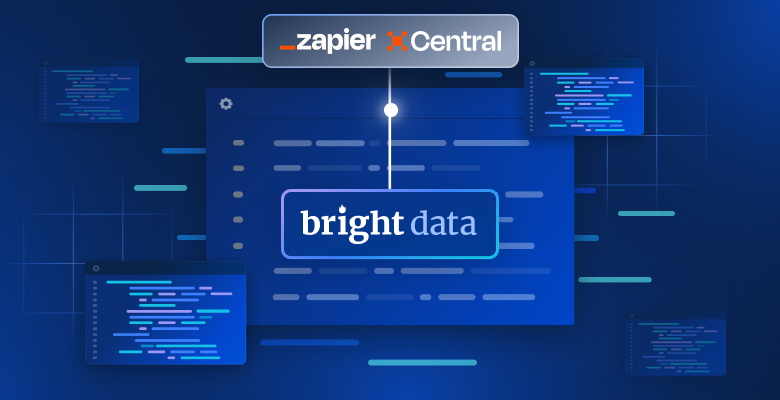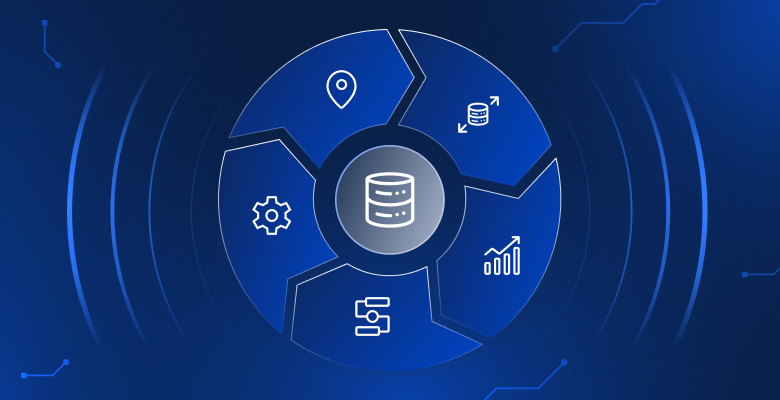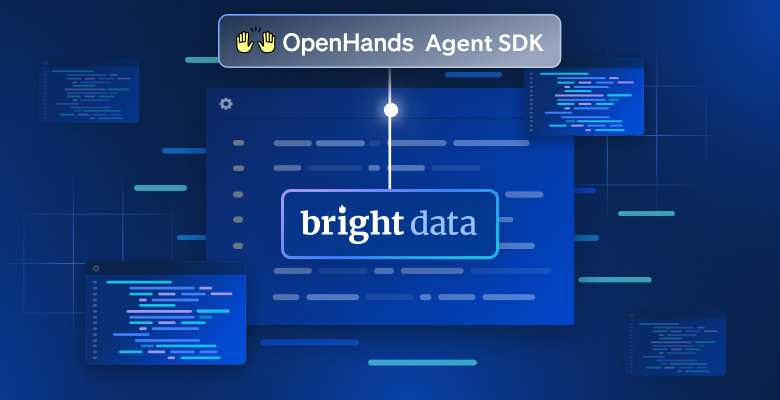What is MarTech?
Marketing Technology (MarTech) refers to the stack of software tools marketers use for planning and executing marketing campaigns.
Among the uses for MarTech tools we can include:
- Automating repetitive marketing processes
- Collecting and analyzing marketing data
- Reaching specific target audiences
Key benefits of MarTech
Using MarTech tools has benefits such as automating processes and saving time. The most obvious benefit is that these technologies enable marketers to work with big data. Without marketing technology, it could be nearly impossible for marketers to extract valuable information from large datasets.
MarTech is transforming marketing into a data-driven activity, not only by cutting costs and saving time but also by putting data front and center in the marketing decision-making process. This is one of the reasons that has pushed MarTech to comprise such a sizable share of marketing budget allocations among Chief Marketing Officers (Source: Gartner CMO Spend Survey 2020).

Image source: Gartner CMO Spend Survey 2020
Today, marketers can measure the effectiveness of their campaigns at the time of execution.
MarTech tools provide detailed information about target audiences, enabling professionals to extract useful insights. Often, the tools provide insights in real-time, therefore helping marketers to make changes to the campaigns as needed. Thus effectively supporting data-driven marketing activities.
What is data-driven marketing?
Data-driven marketing is a method that uses data collected via customer interactions or via third parties, to achieve a better understanding of customer’s preferences, behavior, and motivations. The goal of data-driven marketing is to use data as a base for marketing decisions while improving performance. This may be comprised of a variety of data sets and alternative data such as search engine, social media, and eCommerce consumer trends.
Why is data-driven marketing important?
Marketers have been using data to understand and predict customer behavior for a long time now. However, current marketing tools can accurately pinpoint a customer’s preferences. Companies can then adjust their offers to exactly what the customer is looking for. MarTech tools make the use of traditional metrics such as median income, much more accurate. Furthermore, MarTech may help discover overlooked niches at a granular level.
Data-driven marketing gives companies in a sense a snapshot of their prospective customer’s behaviors. Thus, businesses may produce tailored marketing strategies geared to those customers.
Finally, marketers can use data to define a campaign goal. Instead of starting by defining a goal and then creating a campaign to achieve it, a marketer may find revealing insights in a group of data that can help create the goal for a new campaign. For example, you may notice that there is a group of people that have a negative attitude towards your product for a specific reason. You may then produce a marketing strategy geared towards changing their minds.
How you can leverage consumer data to drive ROAS
#1: Identifying which channel performs best for your current campaign
As marketers, we can spend tens of thousands of dollars on marketing campaigns. The companies and agencies we work for expect results usually based on ROAS (Return on Ad Spend). This is a very logical approach to marketing, for example, if I invest
- $1,000 on Google ads
- $1,000 on Outbrain promotion
You and your superiors may be wondering which is performing best in terms of traffic, clicks, and/or conversions. Many attribution methods though lack the complexity to really ‘understand’ or quantify the user journey, say someone first read a blog post, then saw a Google ad, and finally converted on social meda. Last attribution models will simply tell you the last touchpoint was social media and then you may divert marketing funds away from content creation and Google Ads instead of concluding that there is a sophisticated multi-channel ecosystem that requires you and your team to invest in a multi-tiered approach.
Collecting data and feeding it into your marketing algorithms in this case scenario can have a big impact – imagine you collect
- search engine results
- social media consumer trends
- ad campaign data
and then cross-reference that data. The results may be surprising and paint a different picture so that you can make decisions based on real-time trends and not antiquated last attribution methods, models, and technology.
#2: Suggesting personalized recommendations to customers and crafting tailored ad campaigns
A good example of this would be eCommerce. Many giants the likes of Amazon have already mastered the art of personalized consumer recommendations, for example, they may see that you just bought a running suit and offer you a smartwatch to track athletic performance.
There is of course further levels of sophistication to these algorithms but the one thing they have in common is that they are data-driven. Internet retailers collect consumer data including:
- cross channel purchase habits
- search trends
- social buzz around certain products
- consumer reviews
- product descriptions
- sales volume
When marketers cross-reference this data they are able to reach new levels of customization both in terms of product recommendations but also, and more importantly from a marketing perspective in terms of tailored email campaigns, social media ads, retargeting campaigns, influencer marketing, and more.








